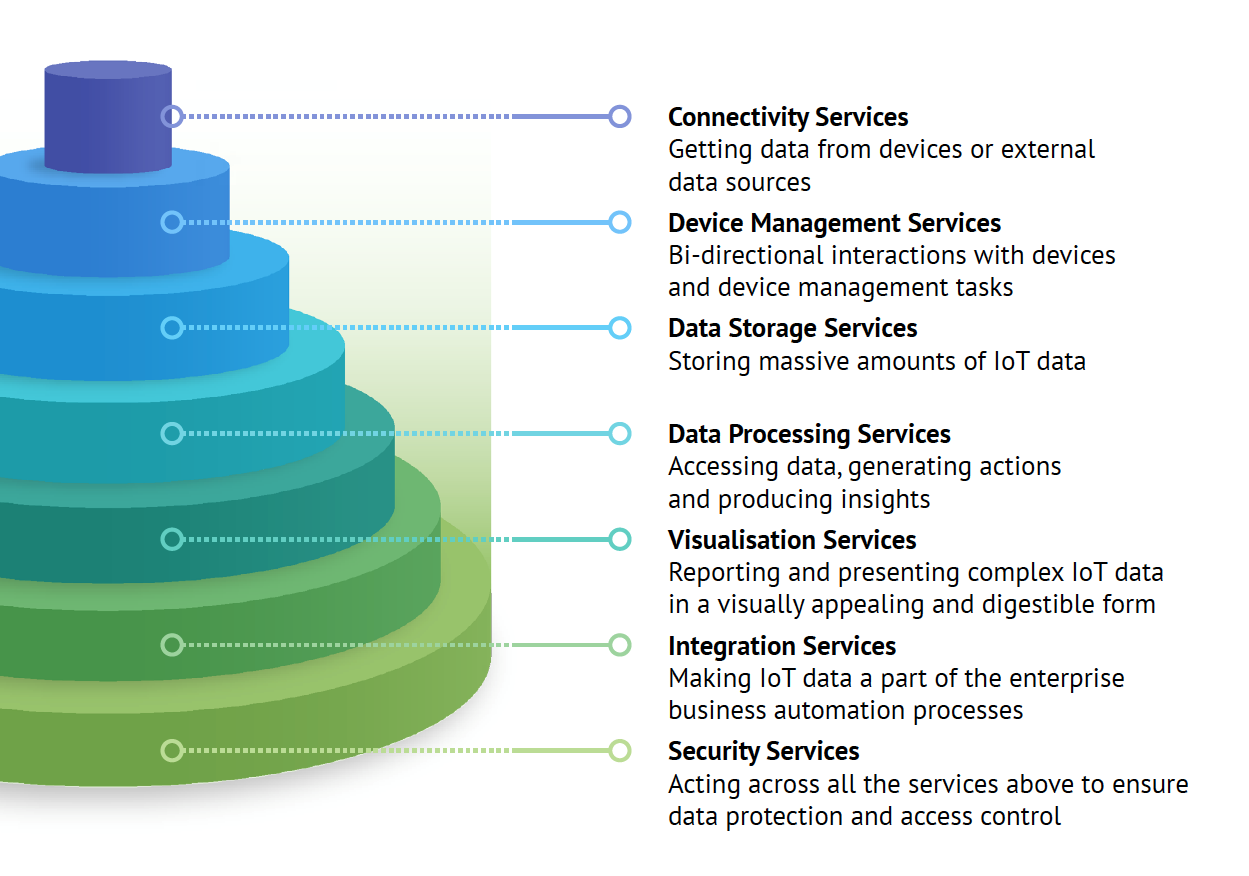IoT Platform Selection Guide
Need help selecting the IoT platform that's right for you? We've got you covered.
Join the DZone community and get the full member experience.
Join For FreeThe Internet of Things (IoT) brings plenty of opportunities for System Integrators (SI). The topic is hot, and customers are keen to harvest value from smart connected devices, digital twins, and IoT-enabled business processes. It’s also true that there’s no one de-facto “IoT-in-a-box” solution today, and integrators deliver most implementations using a variety of technologies.
The first dilemma for SI is a choice between building the platform that “ticks all technical requirement boxes” and finding a suitable platform on the market. Platform development is time-consuming, and not alwats rewarding; rivals can take the market share while the SI develops the “ideal platform.”
One should not forget about everlasting platform maintenance costs, including new industrial protocol support and certification and new regulatory requirements support.
Those who want to choose the right IoT platform need to consider criteria that also keep core SI business principles in mind:
- Complete profitable projects and deliver on time
- Try to win more projects with the same customer after the first successful implementation
- Reuse skills and resources where possible
A good IoT platform helps the System Integrator to achieve all above, but the SI needs to make a tough choice among several hundreds of self-described IoT platforms available on the market.
Before moving to selection criteria, let’s define the IoT platform and its services.

Despite some “platforms” can formally claim all services available, it does not make them the right choice for the integrator.
There are three areas SI needs to evaluate the IoT platform from a technical, business, and partnership perspective.
Technical Evaluation
The more obvious selection criteria, including connectivity, device management, data storage, data processing, visualization, integration, and security, are covered in the full version of this article.
There are also less apparent criteria that integrators often overlook during the IoT platform selection process.
Platform Development and Diagnostic Tools
The IoT platform itself is the development tool, and its administrative module is an Integrated Developer Environment (IDE). Therefore, it should allow not only application logic development but also provide a full set of debugging capabilities.
Scalability
First, the platform should allow building a horizontal cluster with workload balancing capabilities.
Second, it’s multi-layer architecture support. Each layer, including edge servers, data collection, data storage, data processing and analytics, application servers and UI servers, should scale independently.
Performance
Too many processing cores or too much memory required for data collection and manipulation can make IoT solution unreasonably expensive. The platform should allow building cost-effective distributed architectures keeping the solution performance high.
DevOps
The platform should allow fast code transfer between development, testing, production environments and provide integration with GitHub/SVN.
On-Premise/Cloud and Edge Code Base Compatibility
Unfortunately, it’s not a rare case when the code for edge computing differs from the platform code. It often happens when the IoT platform vendor tries to catch up with the market trend towards edge computing by acquisitions.
The same set of development tools and code portability between edge and on-premise/cloud environments is a big time saver for the integrator.
Business Evaluation
- References and experience: A universal IoT platform means a mix of industries and use cases in the list of references.
- IoT platform focus: Ideally, the platform should be the core business for the vendor. But this is not always the case.
- Roadmap: Is it public or available upon request?
- Platform deployment options should include on-premise and be public Cloud provider agnostic.
Partnership Program
- Education roadmap: The education program from the platform should cover all IoT solution roles: administrators, implementation engineers, developers, UI developers, data scientists, architects, etc.
- Documentation: The same as for education purposes, the Platform documentation should be role-based, detailed, and up-to-date.
- Pricing policy: The pricing policy should be understandable. For long-term strategic relationships, it’s also important to be clear about annual price harmonizations. Transparent pricing allows budget projects accurately.
Final Thoughts
The IoT can be the next Big Thing for many System Integrators, and the right platform choice determines long-term success.
While an idea to build a simple IoT platform can be a reasonable option for an enterprise with only one IoT application, it’s not usually the case for a System Integrator. Most of SIs prefer to partner with a specific IoT platform.
I hope that this article will help you choose the reliable platform by evaluating it from business, technical, and partnership perspectives that sometimes get overlooked.
Published at DZone with permission of Victor Polyakov. See the original article here.
Opinions expressed by DZone contributors are their own.

Comments